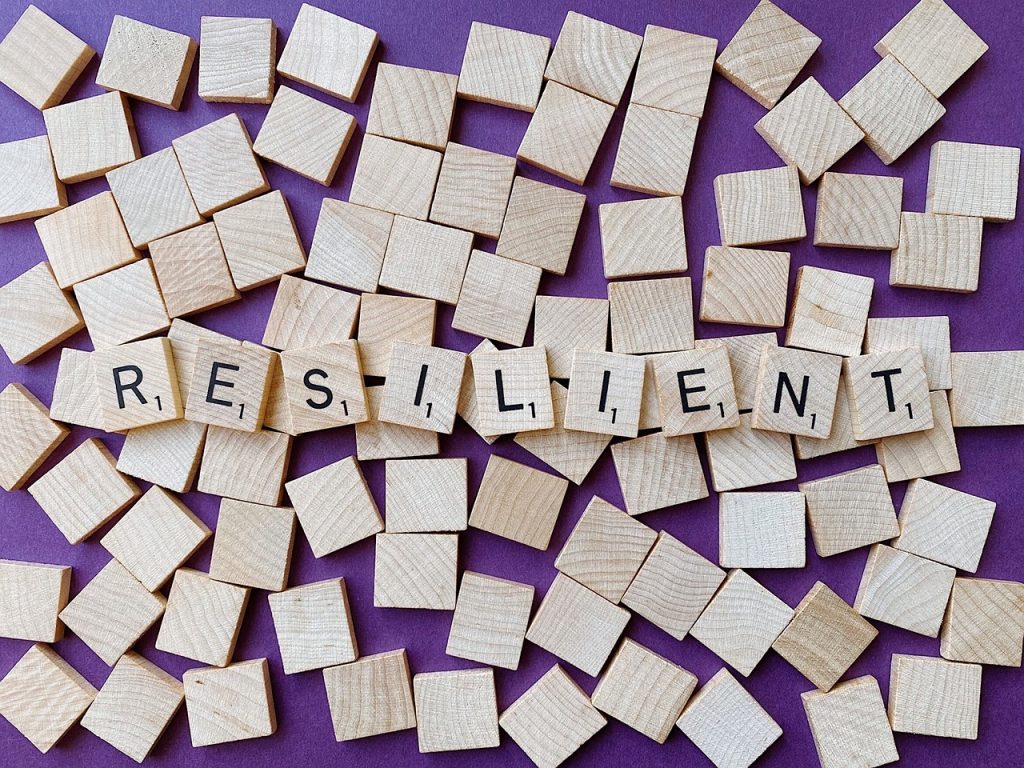Table of Contents
Introduction
In today’s fast-paced and demanding world, the ability to bounce back and thrive in the face of challenges has become more crucial than ever. Resilience, the capacity to adapt and recover from adversity, can significantly impact our overall well-being and success. In this blog post, we will explore various stress management methods that promote resilience, providing valuable insights and practical strategies for individuals of all backgrounds. Join us on this journey as we delve into the transformative power of resilience and uncover the tools to cultivate it in our daily lives.
Defining Resilience
Resilience refers to the ability to adapt, recover and become stronger, in the face of challenging situations or stressors. It is a trait that empowers individuals to bounce back from setbacks navigate circumstances and maintain a positive mindset despite hardships. Resilient people are often recognized for their flexibility, adaptability and determination when confronted with adversity.
Resilience can be nurtured through practices like building strong social connections cultivating a sense of purpose maintaining a positive outlook on life developing effective problem solving skills and prioritizing physical and mental well being. Fostering resilience is crucial, for growth, emotional stability and overall mental wellness.
Impact on Stress Management
Resilience, the mighty shield against the storm of stress, is an invaluable asset in our battle for inner peace. Like a sturdy oak standing tall amidst howling winds, resilience empowers us to weather life’s challenges with grace and fortitude. By cultivating resilience, we develop the ability to bounce back from adversity, to find strength in vulnerability, and to face stress head-on without succumbing to its destructive grasp. Armed with this inner armor, we transform stress into an opportunity for growth and self-discovery.
Resilience teaches us to reframe setbacks as stepping stones, to embrace uncertainty as a catalyst for change, and to nourish our minds and bodies with self-care practices that shield us from the corrosive effects of stress. So, let us embrace resilience as our guiding light in the darkness of stress, and let it empower us to rise above life’s challenges, emerging stronger and more steadfast in our pursuit of happiness.
Case Study: Resilience in Action

Resilience, in Action is an intriguing case study that beautifully illustrates the significance of resilience in managing stress. In a world brimming with trials this case study delves into how people and communities can bounce and flourish despite adversity. By sharing real life examples and inspiring narratives readers embark on a journey that highlights how resilience can bring about effects. From surmounting setbacks to navigating through crises this case study vividly showcases that resilience is not about survival but also about thriving amidst chaos. Through resilience individuals can cultivate strength, adaptability and a positive mindset—ultimately leading to improved well being and enhanced problem solving abilities. Resilience truly holds the key, to unlocking ones potential and constructing a gratifying future.
Story of Thomas
Meet Thomas, a high school student who grew up in an environment. Coming from a background with parents struggling with addiction and residing in a low income neighborhood he faced hurdles. However Thomas was determined to shape his destiny and create a future for himself.
Despite facing hardships, academic difficulties and lacking support, at home Thomas refused to let these obstacles define him. Instead he used them as fuel to propel himself
After school hours you would find Thomas diligently studying and seeking guidance from his teachers. To help support his family he also took on a part time job. Despite the demanding routine he never wavered in his pursuit of attending college.
As if life hadn’t already thrown challenges at him during his year Thomas had to shoulder the responsibility of caring for his ill mother. Balancing caregiving duties alongside work commitments while maintaining his performance tested his resilience.
Thomas’s unwavering determination paid off when he earned a scholarship to attend an university – an achievement that made him the first in his family to embark on this journey. But this was the beginning; throughout college life he confronted obstacles head on and triumphed over them all – eventually graduating with a degree, in social work.
Thomas’s story is an example of the strength of resilience. Despite facing challenges he was able to conquer them and accomplish his objectives. His ability to bounce back not allowed him to survive his circumstances but flourish and build a brighter future for himself.
Presently Thomas utilizes his experiences and knowledge to assist individuals, in situations proving that resilience can truly transform adversity into a pathway, towards triumph.
Identifying the Causes of Stress
Sarah, a 35 year marketing working in a rapidly paced technology startup started experiencing symptoms associated with chronic stress. She constantly felt overwhelmed, irritable and exhausted. Additionally she struggled with concentration issues. Suffered from headaches and insomnia.
Upon visiting her doctor she was advised that her symptoms could be attributed to levels of stress. Seeking assistance she was recommended to consult with a health expert to identify the underlying causes and develop effective coping mechanisms.
Throughout her sessions, with the psychologist Sarah discovered sources of stress in her life;
- Workload: Sarah frequently found herself working hours and taking on responsibilities than she could effectively manage. The pressure to meet deadlines and exceed expectations contributed significantly to her stress levels.
- Balancing Work and Personal Life: Struggling to find equilibrium between work commitments and personal life became increasingly challenging for Sarah. She had time for relaxation or pursuing hobbies causing strain on her relationships due to the demanding nature of her work schedule.
- Lack of Support: Sarah expressed feeling unsupported in her workplace environment. She experienced isolation. Believed that her contributions were not fully appreciated by those, in positions of authority.
Equipped with this understanding Sarah collaborated with her psychologist to create a plan for managing stress. This plan included techniques like delegating tasks at work establishing boundaries to achieve a work life balance seeking support, from colleagues and addressing her challenges through therapy.
Over time Sarah was able to decrease her stress levels by tackling the causes and implementing these coping strategies. Her story underscores the significance of identifying sources of stress in order to effectively handle it and enhance well being.
Stress Management Method 1: Mindfulness

It should not be argued that mindfulness is the best stress management tactics. Scholars have argued from time to time that mindfulness is the best way to manage stress. Research has proven that mindfulness is known to boost resilience.
For example, as Waldeck, Tyndall, and Chmiel (2015) highlighted, training people to relate more mindfully to their thoughts directly fostered resilience in response to ostracism. The authors surmised that instead of past trauma and/or anticipated future struggle, present focus facilitates intentional and effective action in the present. And that is one of over 30 scientific papers showing how mindfulness connects to resilience.
Stress Management Method 2: Exercise
In addition to Mindfulness, exercise is another good tactic to manage stress as per Mayoclinic. They have argued exercise as meditation in motion. One should get moving to boost stress management tactics.
Among the protective factors for the development of resilience, physical activity/exercise has been considered to play an important role. Exercise is known to induce many positive effects on the brain. As such, exercise represents an important tool to influence neuron development and shape the adult brain to react to life’s challenges. Among many beneficial effects, exercise intervention has been associated with cognitive improvement and stress resilience in humans and animal models. The implication of physical exercise for resilience has been studied from brain development to aging and for some neurological diseases.
Stress Management Method 3: Social Support
Our consultancy services are more focused on finding social support as a tool to manage stress. In addition to home remedies, social support is highly recommend stress management tool.
Having good social relationships is clearly a winning strategy in life, tied to greater psychological and physical well-being. Thus, it’s not surprising that social relationships also matter when it comes to resiliency, in part because they help us feel less stress when we are suffering. Researchers found that having high levels of positive emotion—if coupled with low social support—resulted in worse health for Japanese participants. Some government sponsored social support policies can also make people happier.
Conclusion

Resilience is the key to effective stress management. By cultivating resilience, we empower ourselves to navigate the challenges of life with strength and grace. Through this deep dive into stress management methods, we have discovered the power of resilience in action.
So, let’s take charge of our well-being and embrace our inner resilience. Let’s rise above stress and thrive in the face of adversity. Follow our social media accounts to stay inspired and gain valuable insights on how to cultivate resilience in your own life.
Remember, you have the power to transform stress into opportunity. Together, let’s embark on a journey of resilience and unlock our full potential. Stay resilient, stay vibrant!